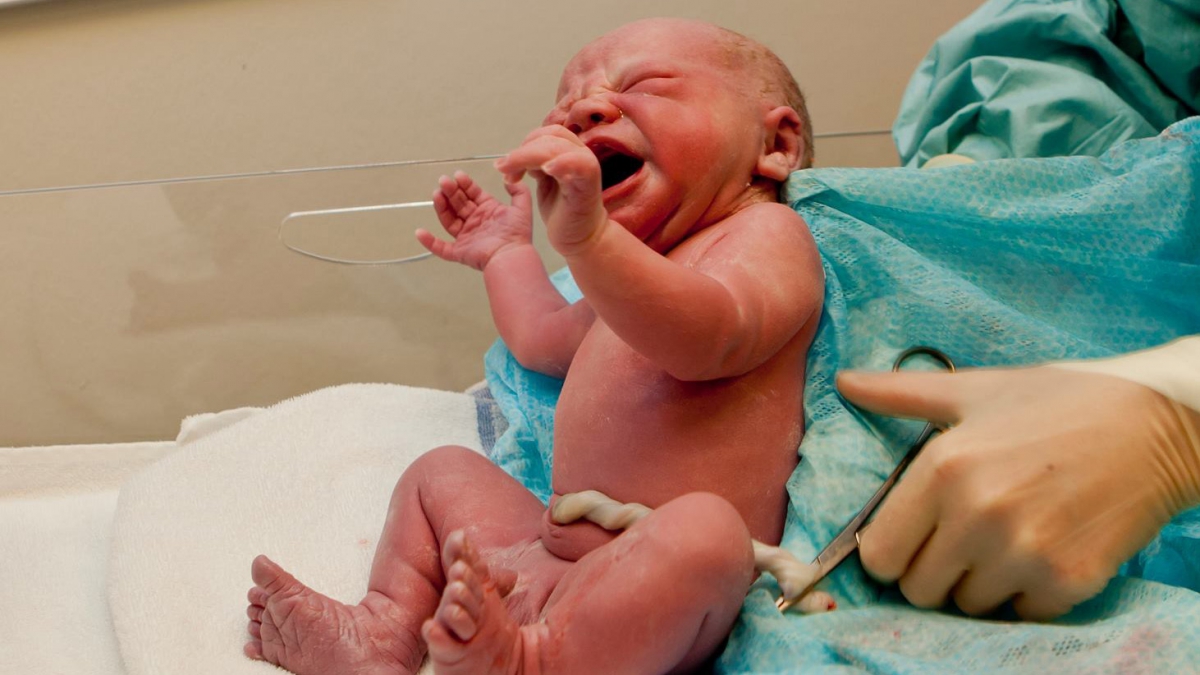Population
12. Apr 2021
Excess of births now contributing more to population growth

The high population growth over the past seven years has predominantly been due to high net migration figures, i.e. the difference between immigration and emigration, and to a lesser extent due to the excess of births over deaths. This trend now appears to have changed slightly as the excess of births contributed much more to the population growth in the past 12 months than in previous years. In the past year, the excess of births went up by 66 while the net migration figure decreased by 80.
Although the Covid-19 pandemic has led to significant changes throughout the Faroese society, it is not certain that this has directly affected the population trend. The slight changes in net migration figures may well be due to other factors. These changes are balanced out by the greater excess of births, leaving the positive population trend generally unchanged over the past seven years.
[px-graph-1]
It is now possible to embed interactive graphs such as the one above in your own website.
By hovering the marker over a certain point on the graph, you can see the population figure for that particular month. By adjusting the timeline at the bottom of the graph, you can also extend the period – back to 1985 for this particular graph.
To embed the graph in your own website, click the menu button in the top right corner. Click ‘Embed graph in website’, then click ‘Copy code’ and paste the code in your website.
The greatest excess of births for two decades
The 722 live births in the 1 March 2020 – 1 March 2021 period is the highest number since the mid-1990s. This is largely due to low emigration and high immigration of young generations over the past seven years. Meanwhile, the number of deaths has decreased slightly in the past year.
The result is that the excess of births over deaths over the past 12 months has increased by 66, up to 338. This figure was at its lowest nine years ago, at just below 200. It has seen a steady increase since then. Not since 2000 has this figure been as high as it is now.
The general population figure has also increased significantly in the past two decades. The number of live births is the highest since 2008, the number of deaths the lowest since 2010 and the excess of births over deaths is the highest since 2004.
Population figures have a one-month lag
The figures have a one-month lag due to delays in registrations, especially regarding address changes, where many registrations are made after the month of address change has ended. To accommodate as many corrections as possible, there is a one-month lag in the data.
About the population figures
The population is defined as all individuals registered in the national register as residents of the Faroe Islands. Population data includes date of birth, gender, place of birth, citizenship, relationship status, and, where applicable, information on immigration and emigration, domestically as well as between the Faroe Islands and other nations.
About the trend
The trend describes the population trend by adjusting for seasonal effects and other error components in the population figure.